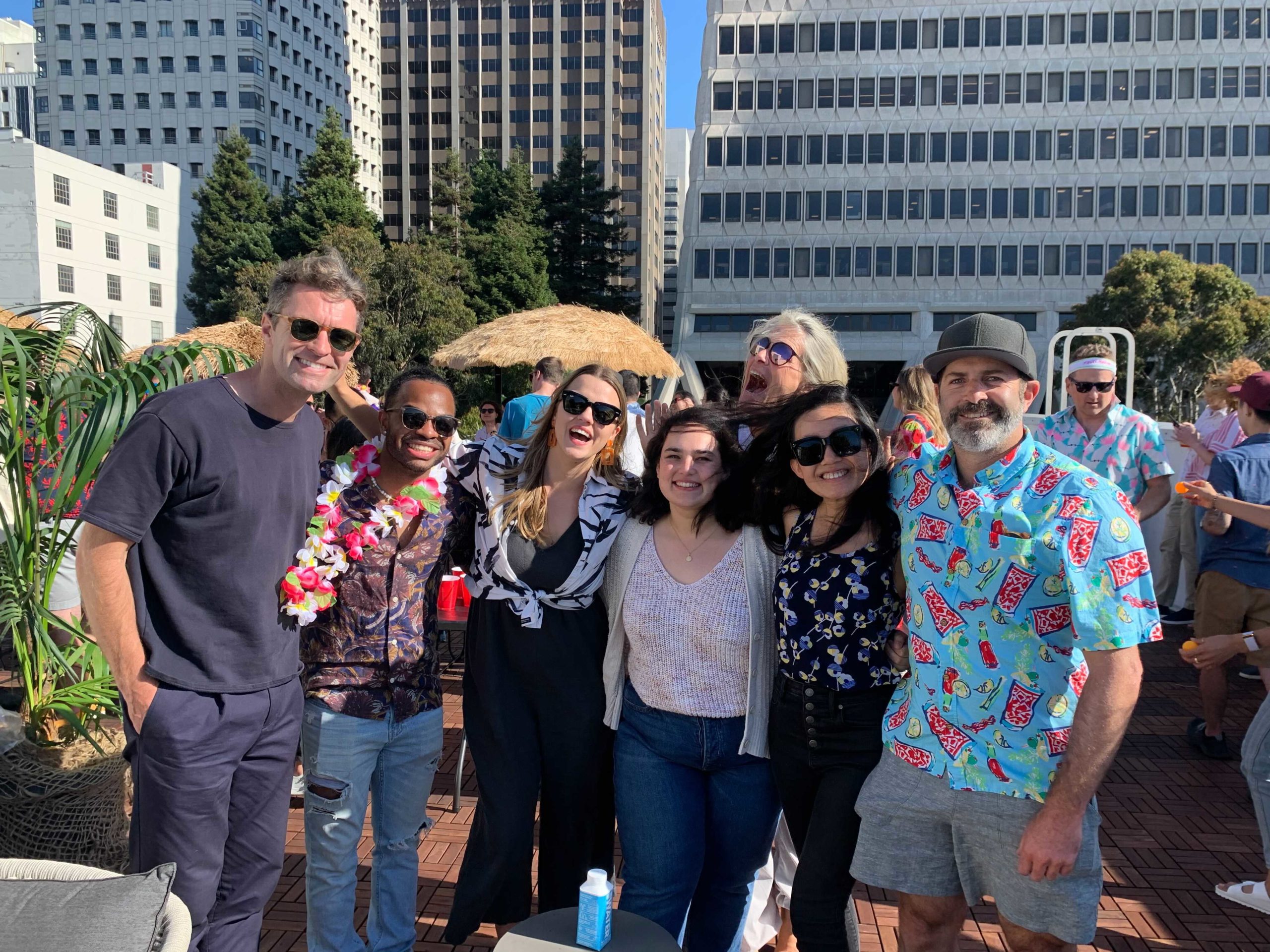Adventures from the Front Lines of SRI Investing
Earlier this month, I attended the SRI Conference on Sustainable, Responsible Impact Investing, which is the largest annual gathering of responsible investors and investment professionals in North America.
You might say I arrived slightly skeptical, curious about the conference venue (“How does SRI relate to the location of the conference center, Mohegan Sun, which is actually a casino?”). It turns out that the Mohegans of the Mohegan Tribe are long-term thinkers; they make tribal decisions by considering the likely impacts in 13 generations into the future. The tribe has a strong focus on community in order to assure their decisions aim to benefit all members of the tribe. I found this philosophy echoes well with the key value of SRI conference as a whole.
Here are just a few of my take-aways from the conference:
SRI Comes in Many Flavors
With my background as an investment principal of Haas’ Socially Responsible Investment Fund, attending the SRI conference has been eye-opening because it has exposed me to the many layers of information “SRI investing” has.
The diversity in the SRI ecosystem was evident by the impressive range of conference attendees. I learned about non-profit contributors and met with individual financial advisors as well as those with corporate and institutional interests.
For instance, I heard from Christine Jantz, founder and manager of the JantazMorgan fund which uses the quantitative approach to screening. Jantz has developed a proprietary ESG scoring system that uses several ESG factors that she believes can produce accretive returns.
Next, I found myself conversing with Heike Reichelt (head of investor relations at the World Bank), learning about the World Bank’s commitment in the SRI field. In fact, sustainability has been fundamentally built into the World Bank’s mission of reducing poverty across the world. The World Bank has dedicated resources and built up a wide network with policy makers, civil society, as well as private sector participants to drive a sustainable and responsible growth.
On the corporate side, I also spoke with Maggie Kohn, Director of Corporate Responsibility from Merck. Merck’s CSR practices were constructed date back to when the company published its first environmental report and publicly announced goals in 1990. Kohn shared corporate CSR practices that have been successful in helping Merck to achieve its long-term growth strategy. For example, Merck launched its new global water strategy to achieve sustainable water management within its operations. The goal is both to reduce the impact of water-related illness through its products, partnerships and different channels and to minimize the impact on local water supplies. This new water strategy is part of Merck’s environmental sustainability and corporate responsibility initiatives.
In addition to the public market investors, I also met different organizations that are dedicated to sustainability. For example, Root Capital is a non-profit social investment fund that lends capital, delivers financial training and strengthens market connections for small and growing agricultural businesses in Africa and South America.
Finally, there were the managers who are behind some of the largest mutual funds that have billions of assets under management, specifically focused on social investments. Calvert, Parnassus Investments and Pax World Investment dedicate numerous resources to developing different layers of SRI investing.
I particularly enjoyed talking to Calvert’s representatives to learn their unique investment strategies at the SRI frontier. Take their Calvert Global Water Fund, for example… if water consumption continues at its current rate, without reform or regulation over the next 20 years, 40% of global demand will not be met, according to a McKinsey study. Therefore, Calvert focuses on investing in a diverse selection of water-related companies with the belief that the growing gap between supply and demand will continue to fuel the need for better solutions in water utility, infrastructure and technologies. I believe this forward-looking investment strategy will drive the investment community to focus on water as a resource and also help nurture and benefit the entire water industry value chain.
Haas Faculty Continues to Lead in the SRI Space
One thing I was really proud of is that throughout the conference: our very own Haas professor, Lloyd Kurtz, was mentioned seemingly hundreds of times. Professor Kurtz has not only been teaching for years at Haas, but is also the chief person leading the annual Moskowitz Prize – the only global award recognizing outstanding academic research in the field of sustainable, responsible, impact investing.
As the only student representative to attend the SRI conference, I was very grateful that I belong to Haas community that has a strong dedication on supporting students who are passionate about learning how to build long-term responsible businesses and SRI investing. I have gained the support from Jo Mackness and Christina Meinberg from Center for Responsible Business, as well as from Professor Lloyd Kurtz. I am deeply proud that Haas has provided our students with so much exposure and many opportunities to experience these cutting-edge discussions and learn the hottest trends in the SRI industry. I hope to use my experience to “pay it forward” to benefit more students and future business leaders.



